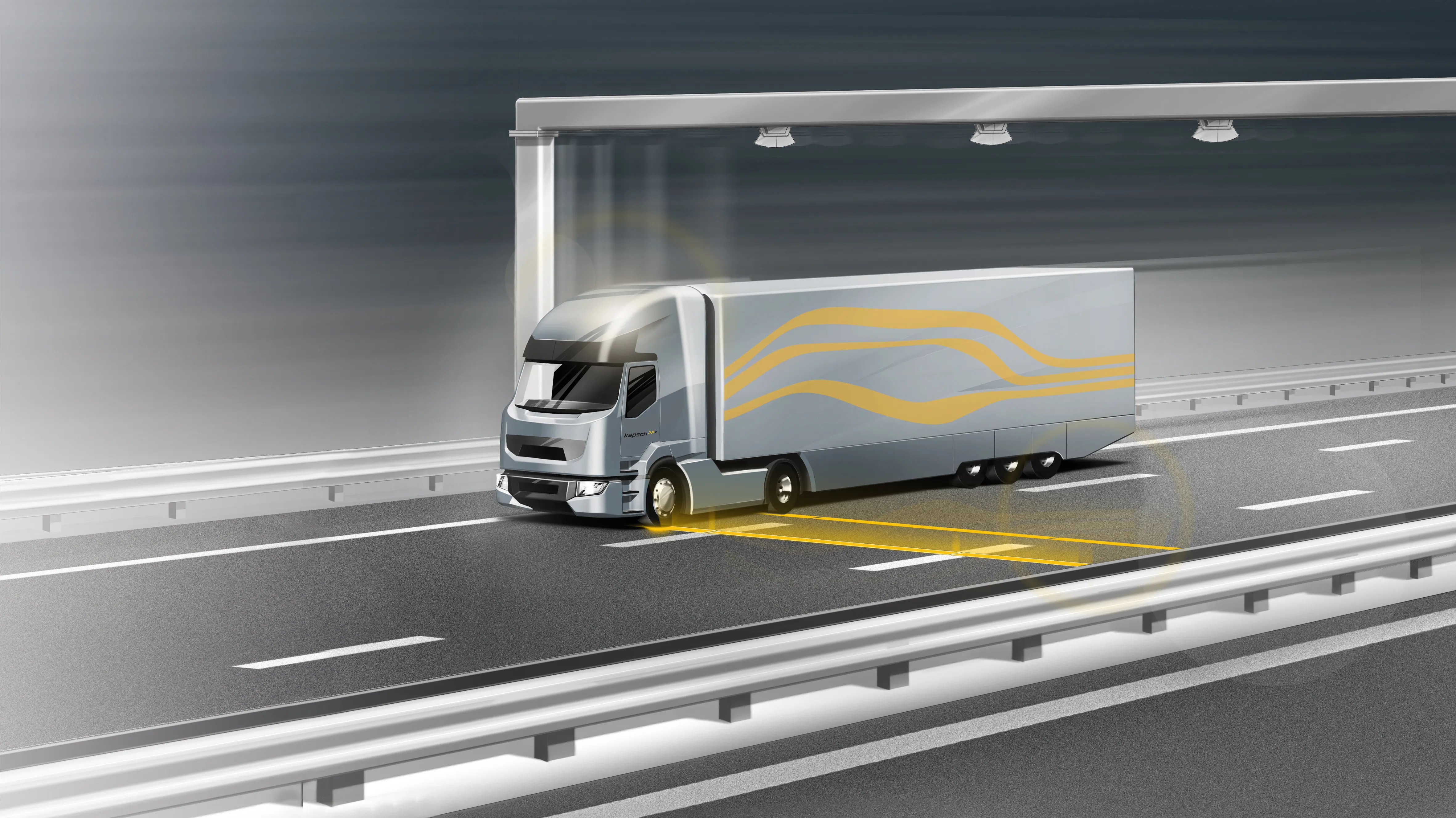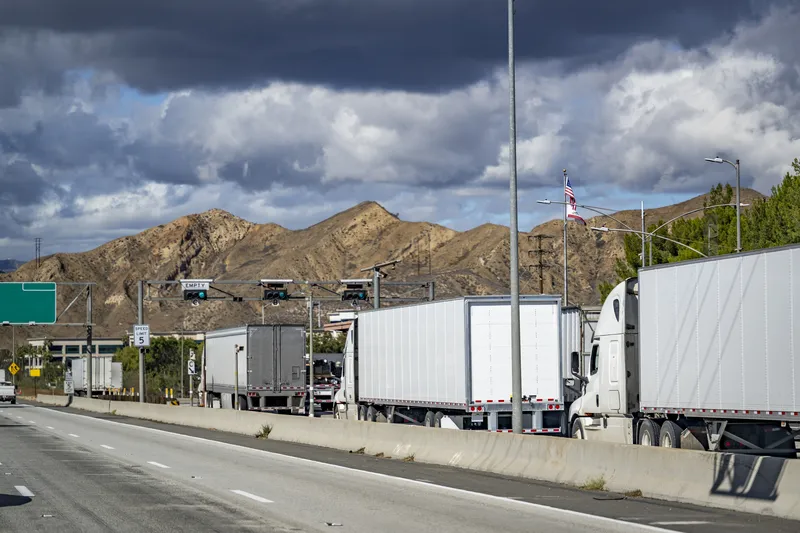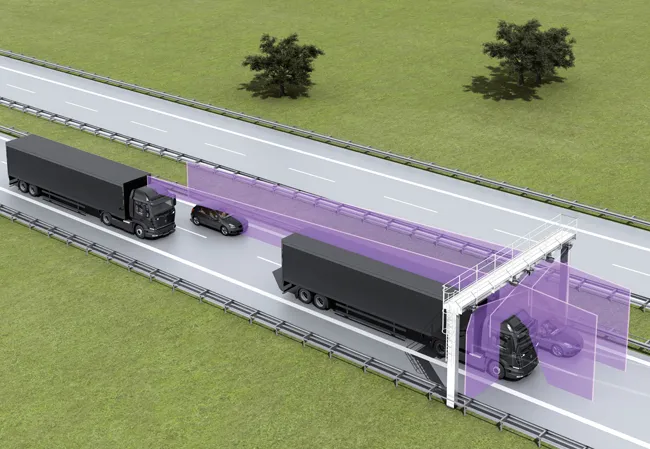
The 665m-long New Bridge has national recognition and statutory protection from alteration, but is suffering from the weight of modern vehicles.
“Evidence downloaded from the cameras can be used to demonstrate that drivers have committed an offence,” said Joe Moxham, UK product sales manager at Siemens ITS. “[The system] provides enforcement-quality images of the vehicle during any time of the day or night and in all weather conditions.”
Vehicles exceeding 18tonnes maximum gross weight using the bridge can be fined up to €1,145. They also maintain an enforcement schedule and permitted vehicle lists. The schedule allows for selected enforcement periods required for other types of restriction. The permitted vehicle lists identify council vehicles permitted to use the route irrespective of their weight limit, such as refuse collection, emergency response vehicles and road maintenance trucks.
The cameras have been installed onto existing CCTV columns to minimise disruption and cost. The equipment uses 3G communications and requires only a power connection, aiding the installation and flexibility of camera deployment.









